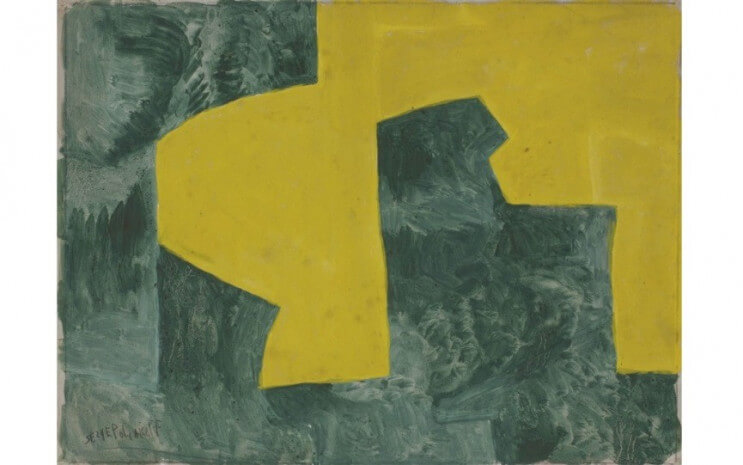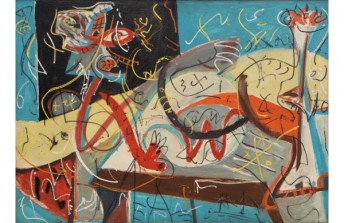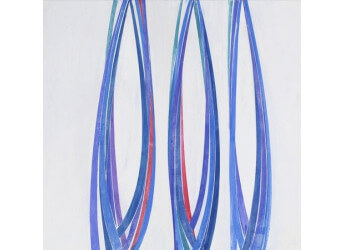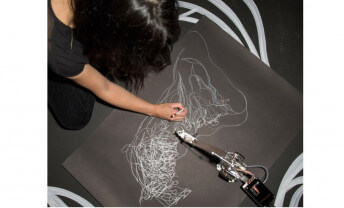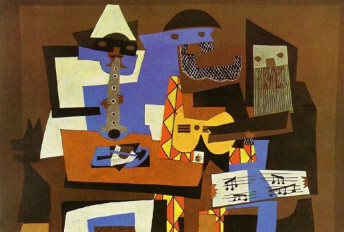The Week in Abstract Art – Space Travelers
Apr 7, 2016
Last week the world lost visionary artist and architect Zaha Hadid. Born 31 October 1950 in Baghdad, Iraq, and died 31 March 2016 in Miami, Florida, Hadid was 65 years old. She left behind a body of work that defines her as a master of Deconstructivist architecture. Each of her buildings is a new form, something incomparable. There was not a hint of cynicism or laziness in Hadid’s work, just vision, optimism, and supreme dedication to the creative act. In her memory this week we look at the intersection of art and space.
The World is an Oblate Spheroid
Don’t say something’s round unless it’s a perfect circle. Specificity defines space. But there’s some leeway when it comes to giving a space meaning. The Metropolitan Museum of Art in New York has long derived its sense of meaning from its intentionally heavy focus on classical art. Repeat visitors to the Met’s 5th Avenue location get anything but a contemporary vibe from the space. But recently the Met acquired a new space; the Marcel Breuer designed, former Whitney building on Madison Avenue.
The meaning of the Breuer space is decidedly un-Met. Forty-eight years of the Whitney’s contemporary programming have given the space such a powerful sense of meaning that for another museum to suddenly inhabit is akin to it being body-snatched. This is a fascinating opportunity to witness what, if any, power a space has to assert its personality. Will the existing meaning of the Breuer building help the Met develop a reputation as a destination for contemporary art? Or will the existing meaning of the Met alter the meaning of the Breuer building, making it just another outlet for the Met’s classical programming? We’re excited to find out.
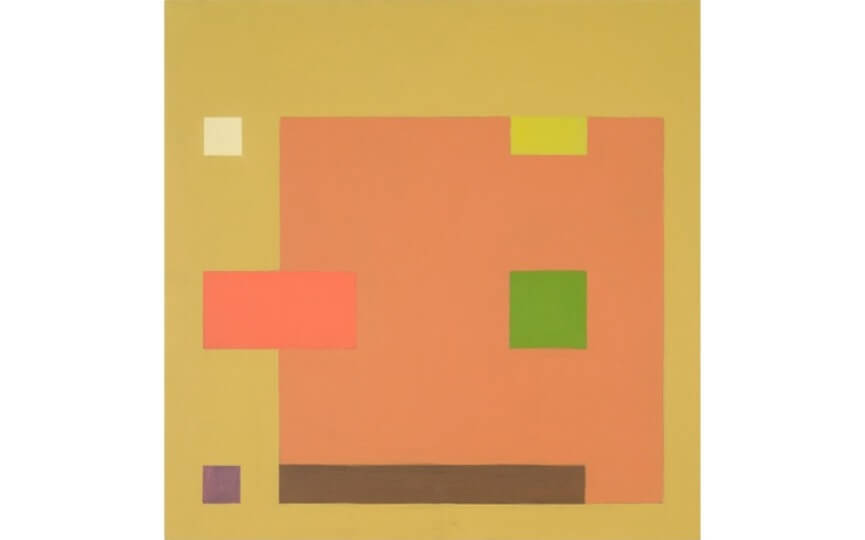
Antonio Calderara - Z&L, 1960, Oil on board, 46 x 46 cm.
Virtual Architecture
What meaning do the world’s digital spaces possess? Do Internet designers grapple with questions of cultural context when creating places to interact online? Last week a creative Web community issued a challenge for digital designers to find ways to combine fine art with video games. They received a deluge of Frankenstein-ian submissions, such as a René Magritte inspired version of Space Invaders and M.C. Escher Donkey Kong. The most popular submission by far was Piet Mondrian Pong. What are the implications of taking two-dimensional paintings, transferring them into the multi-dimensional quasi-reality of the Internet and then appropriating the resulting combination on behalf of the world of gaming? What is this new space? What’s the meaning of what’s happening in it? More importantly, where’s Pointillism Pac-Man?
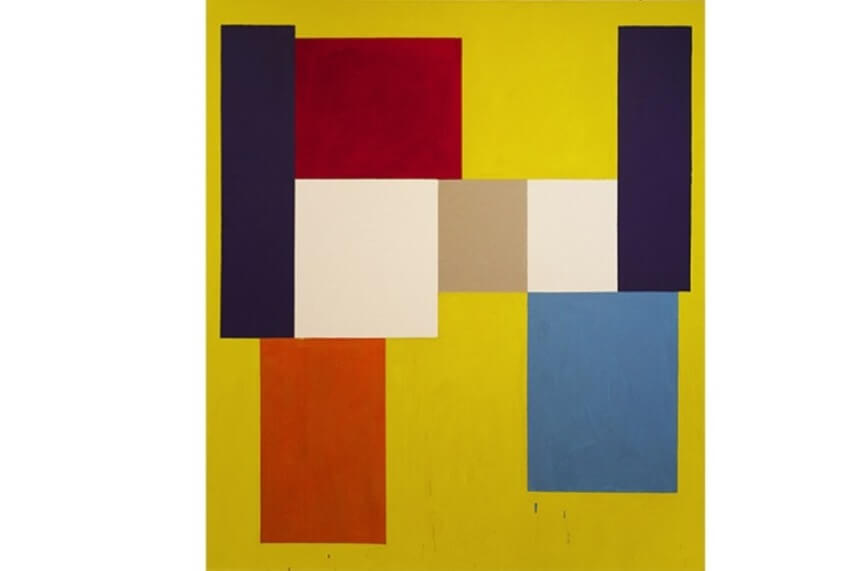
Thornton Willis - Step over, under and through, 2016, Oil on canvas, 70 x 61 in.
Put Your 2-D Glasses On Now
Maybe we’re primitive, but one of our favorite spaces in which to seek meaning is still the good old second dimension. Here are three current exhibitions of two-dimensional abstract paintings taking place in three-dimensional spaces we hope you’ll visit.
A survey of the work of Russian-born, abstract painter Serge Poliakoff opened last week at New York’s Cheim & Reid Gallery. Poliakoff left Russia for France, eventually becoming a leading voice in the later School of Paris. This exhibition runs until 30 April 2016 and includes 26 of Poliakoff’s works.
Also on in New York is a show of new work by Thornton Willis, at the Elizabeth Harris Gallery. Willis is a third generation Abstract Expressionist. The exhibition’s press release states, “Willis presents us with a major breakthrough in his ability to create and depict spacetime as the actual medium in which we experience life.” Sounds right up our alley. This exhibition runs through 7 May 2016.
Lastly, opening 15 April at M&L Fine Art in London is an exhibition of Italian Minimalist Antonio Calderara. Initially a figurative painter, Calderara reduced his visual language in an effort to simplify chaos and express space and light in sharp, orderly terms. Fourteen paintings by Calderara, dated 1960 to 1975, will be on view at M&L through 3 June 2016.
Featured Image: Serge Poliakoff - Jaune et vert, 1961, Gouache on paper, 47 x 61 cm.
